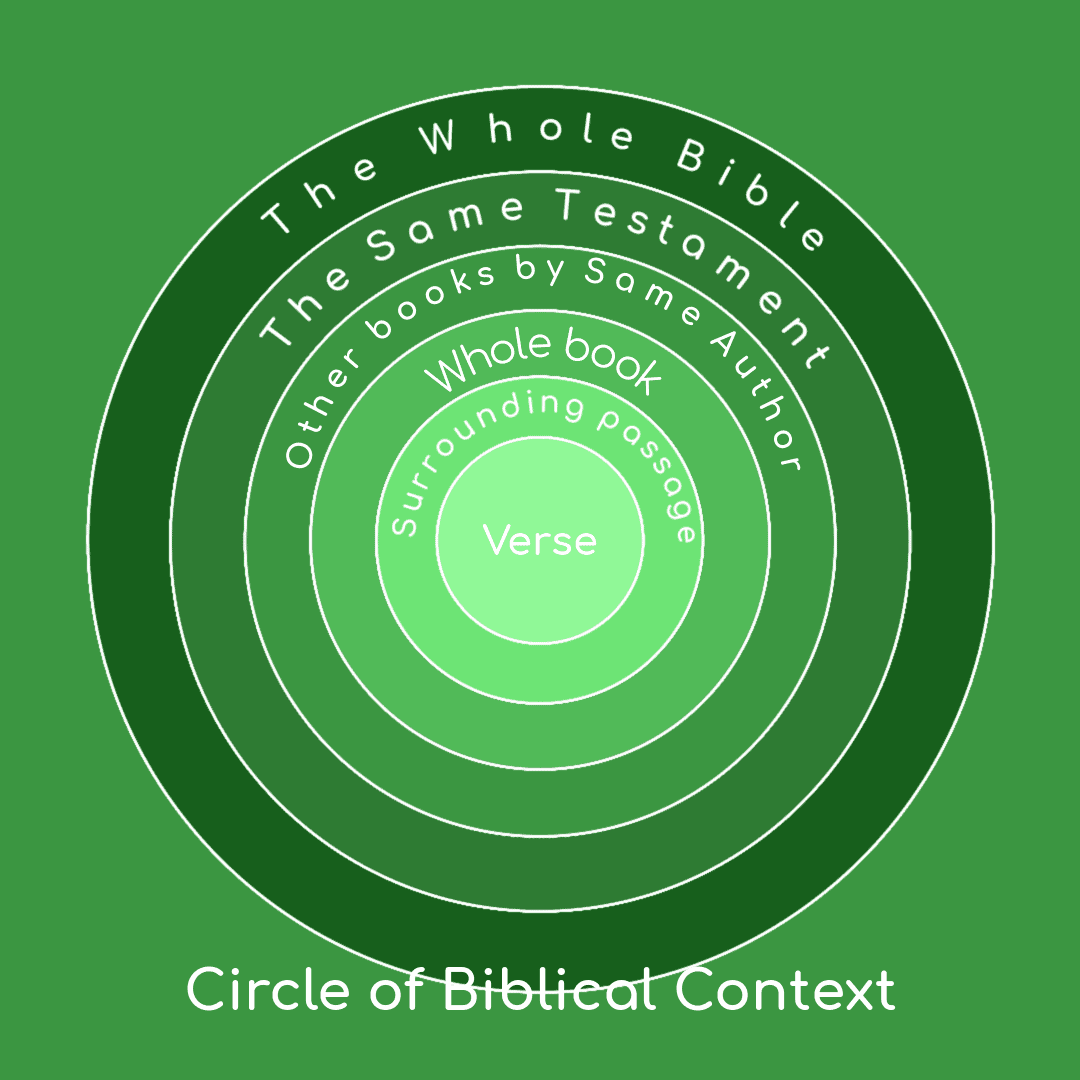Have you ever watched an hour and a half of a movie by yourself then someone else joined you part-way through? They may have begun asking lots of questions like “Who is that?” or “Why are they so upset?” Your response may have been something like “You really need to see the whole thing…”
We all know we can’t start in the middle of a movie and really understand it. And yet, we often try to do that with the Bible. We fail to consider the biblical literary context. For instance, it is so tempting to pull a verse we like out by itself then examine it. But when we do, it’s easy to misunderstand it and thus misapply it.
Consider Philippians 4:13. It is one of the most-loved, but sadly most misused, verse in all of the Bible. Often, when it’s pulled out of context, it’s used as a proof text to say “I can do big and great things for God because He will strengthen me to do it.” But, in the surrounding passage Paul recounts how he learned to be content whether he had enough to sustain his physical needs or not. He found contentment in every circumstance because Jesus gave his strength. This actual meaning is far different than the popular, misguided understanding. (Also see “Do You Misuse Philippians 4:13?“)
Circle of Biblical Literary Context
In order to correctly understand the Bible, no matter how large or small the passage, we must keep it in the right context. (Also see “4 Things to Consider for Biblical Context” and “4 R Bible Study Method.”) Every sentence is part of a paragraph. Every paragraph is part of a larger passage. Every passage is part of an entire book. We cannot assign meaning to a verse without considering the greater context. Here is this expanding “circle of context:”
- Single verse
- The surrounding passage
- The whole book
- Other books by the same author
- The same Testament
- The whole Bible
Just like the surrounding passage shapes the meaning of one verse, the whole book shapes the meaning of each passage. Books, particularly the New Testament epistles, contain running arguments, consistent themes, and repeated literary devices. For instance, the book of Galatians has one major running theme – “Follow the Spirit, not the Law” – that helps us better understand individual pieces of the letter.
It also helps to consider other books by the same author. Their doctrinal views will be consistent from book to book. So, for instance, if we’re struggling with the topic of grace in Romans, we can also read Paul’s writings on the topic in Ephesians. (See also, “Who Wrote the Bible and Why Does it Matter?“)
Amazingly, although the Bible was written by more than 40 different God-inspired authors over roughly 1,500 years, both Testaments and the whole Bible contain one, consistent message. All the individual books and stories within the Bible join together to tell one big story: the rule, reign, and redemptive purposes of God. This big story is also known as the meta-narrative.
Every part of the Scripture fits within God’s big story. Keeping this in mind helps us understand the Bible and all the parts. We can ask: “Where does this fit in the Big Story? What does this teach us about God’s rule, reign, and redemption? No individual story will contradict the Big Story.
A Few Practical Tips for Literary Context
- If possible, read the entire book in one sitting, particularly the New Testament letters.
- Remember that chapter and verse divisions were added later and sometimes interrupt the natural flow of the author’s thought.
- No matter where you start – one verse or a larger passage – pull back and consider the larger context.
- Look for big themes and running arguments that impact the way we should understand the individual pieces of a book.
- Don’t forget the meta-narrative. Does your understanding of a verse or passage agree with the big story of Scripture?
Have you ever misunderstood a Bible verse or passage because you didn’t consider the literary context?




Good advice!